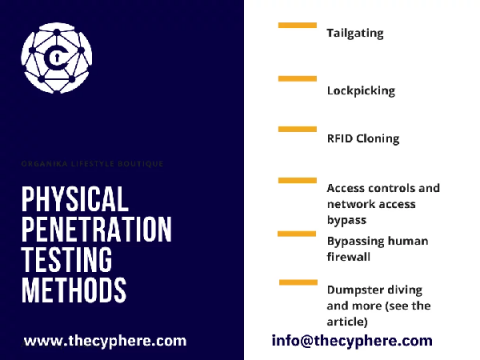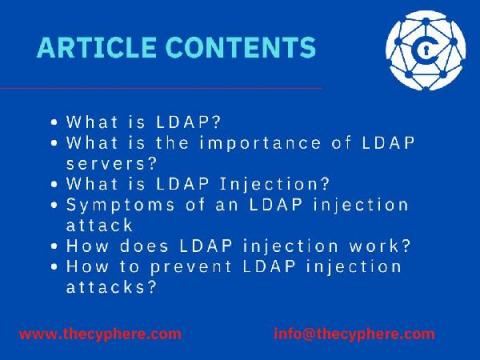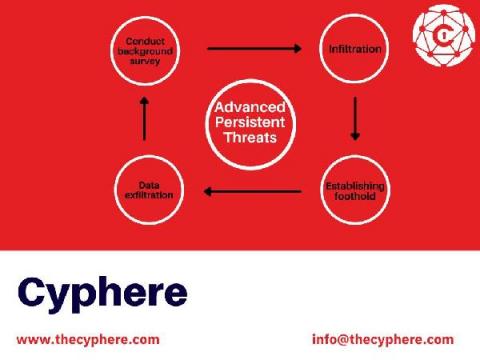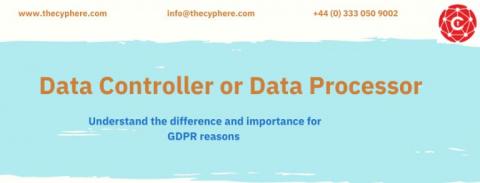What is Data Leakage? Data Leak Prevention Tips
Data leaks can happen in many ways, and they’re surprisingly common. For example, a company might be hacked by cybercriminals; someone may lose their laptop with sensitive information; employee records could get lost during the relocation process. It doesn’t take much for sensitive information to get into the wrong hands. In fact, research has found that more than half of all data leakages come from human errors like typos and lost files.











